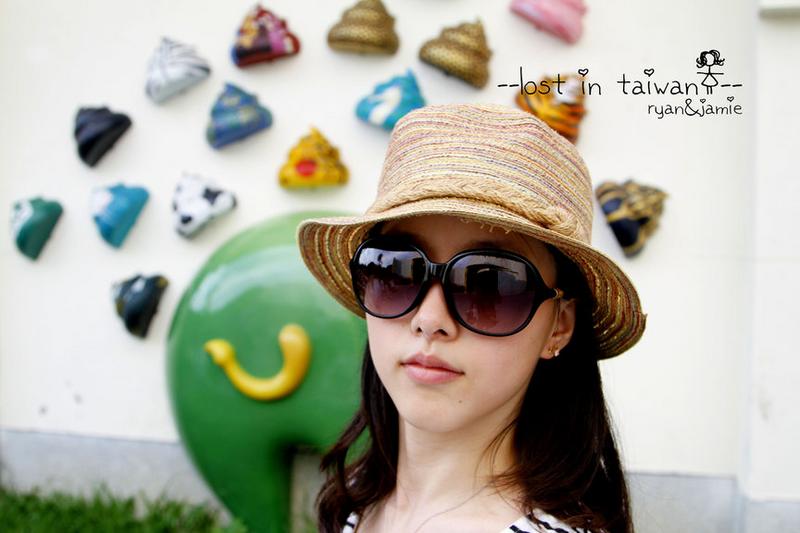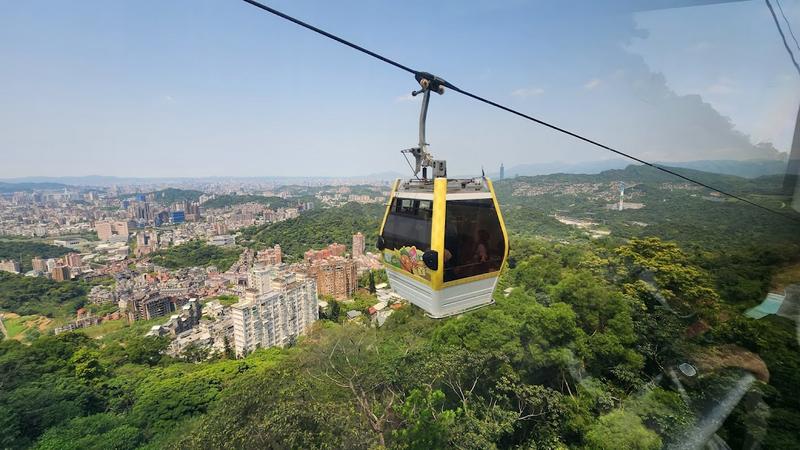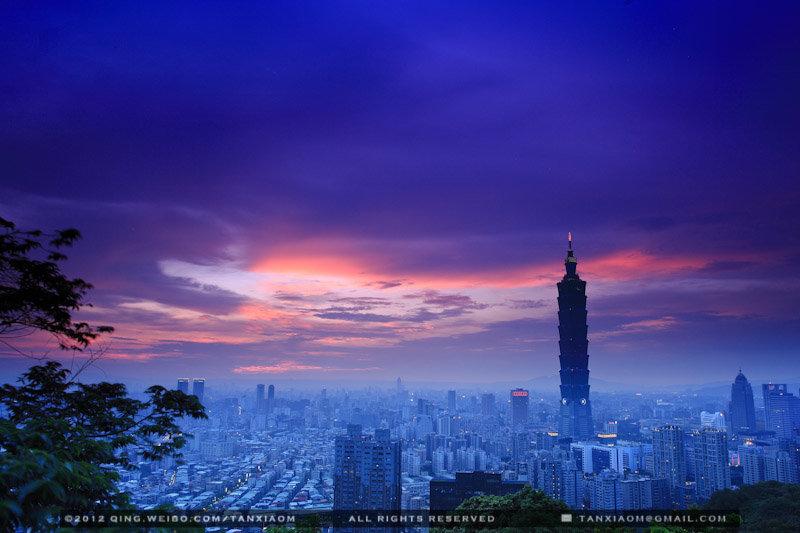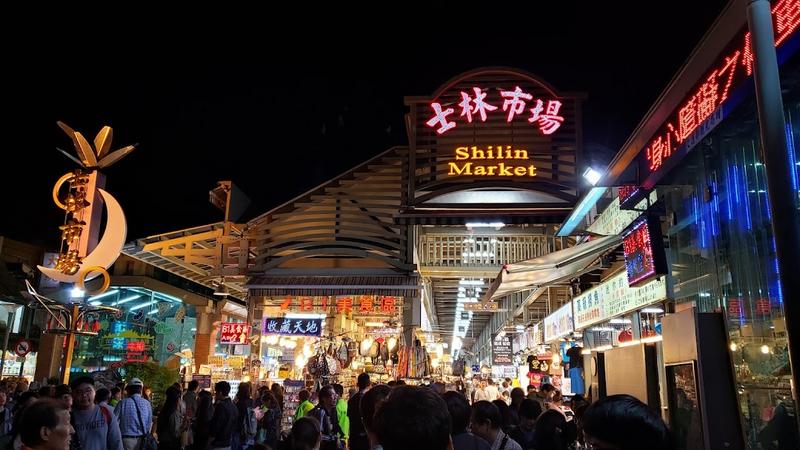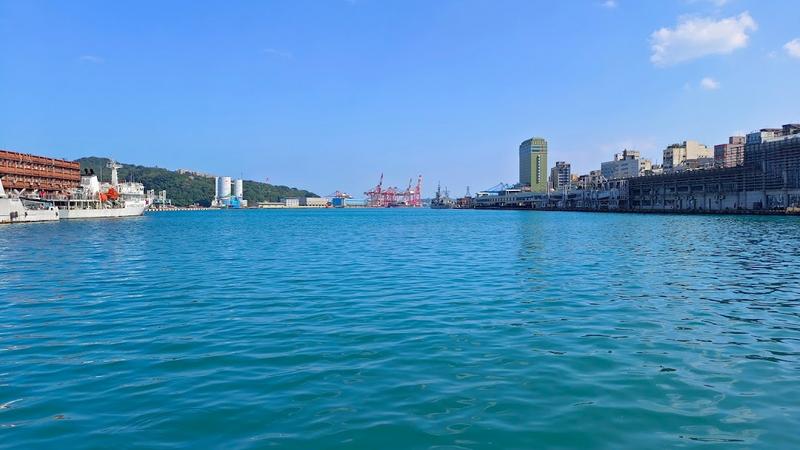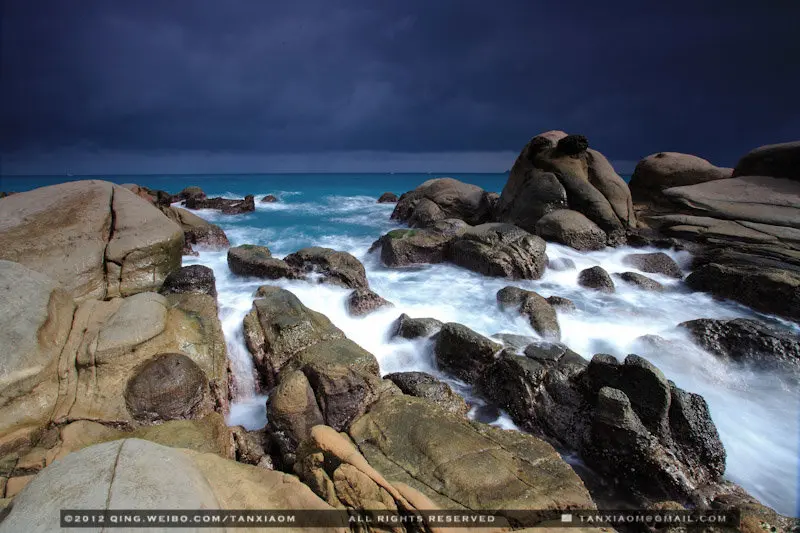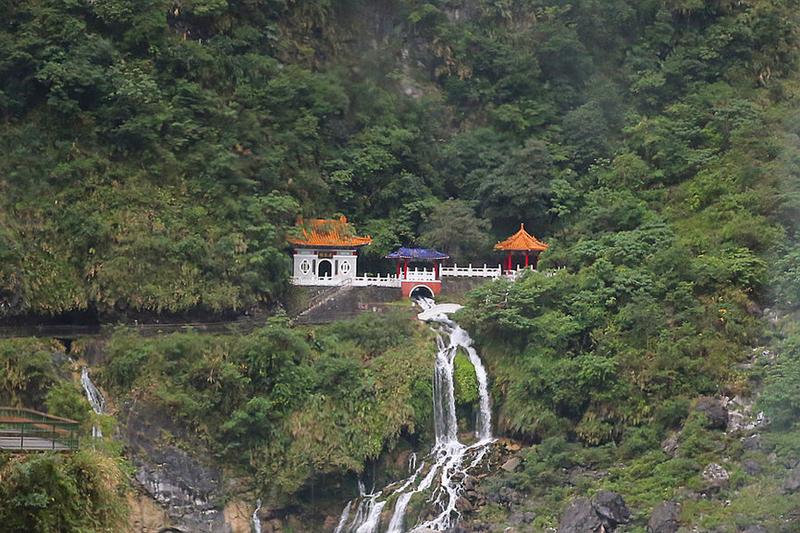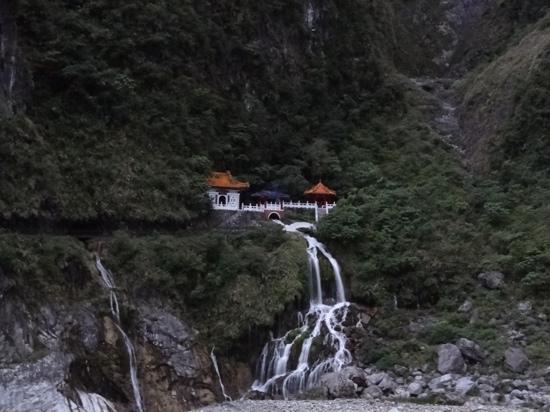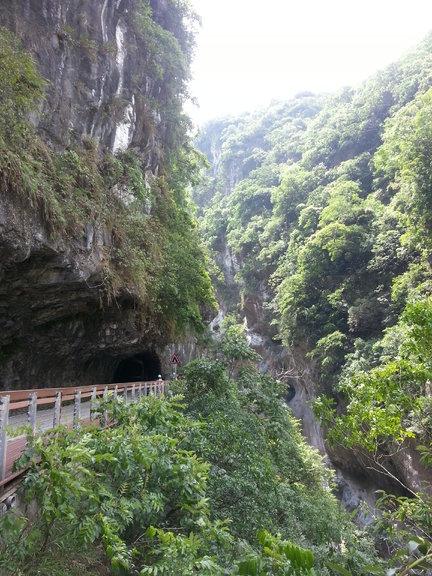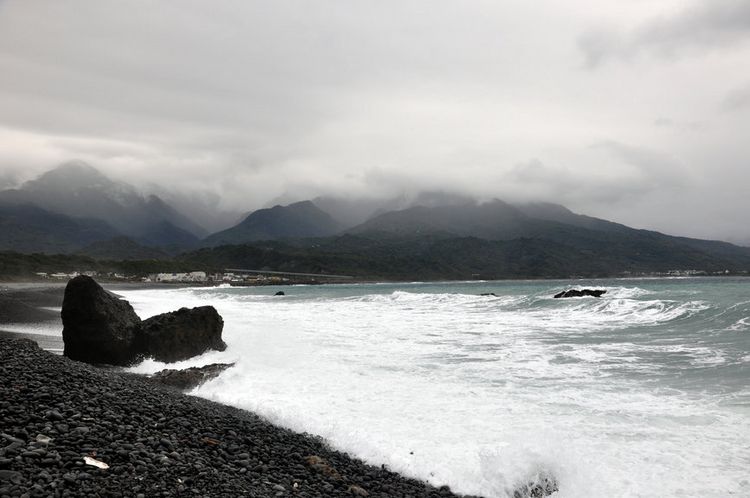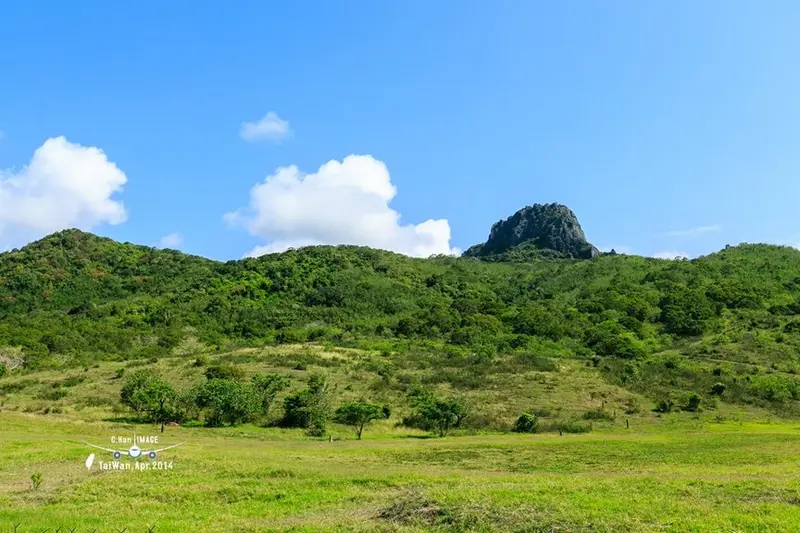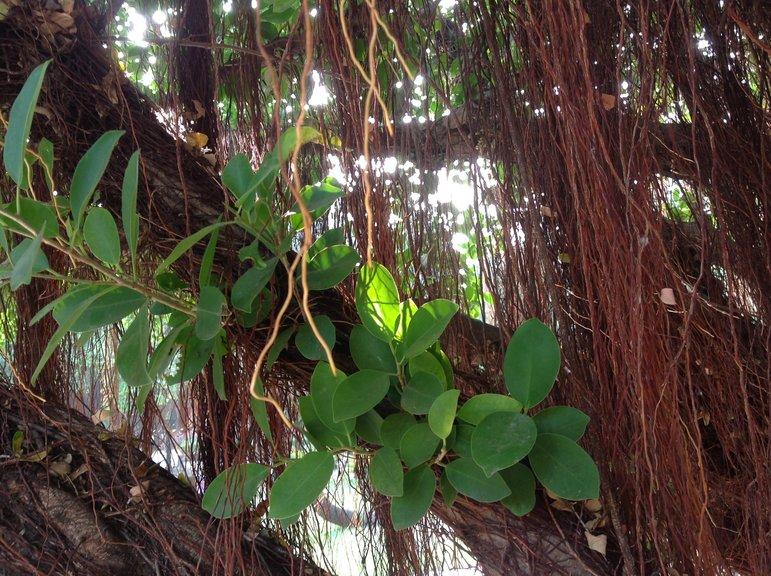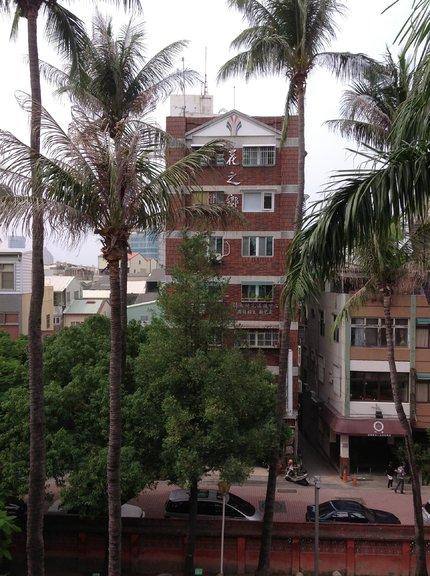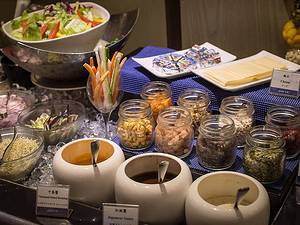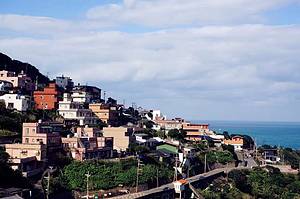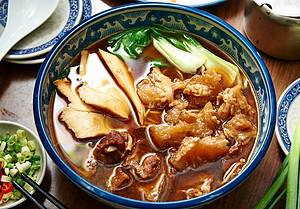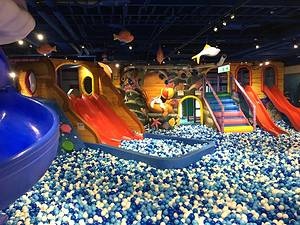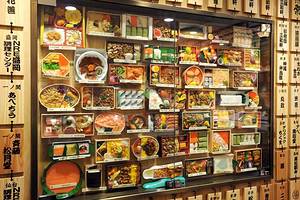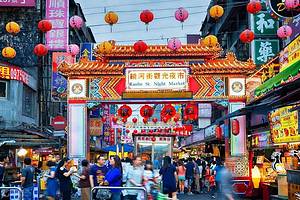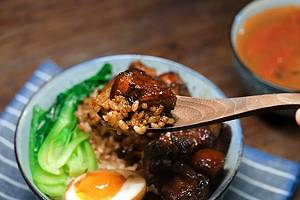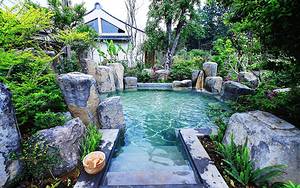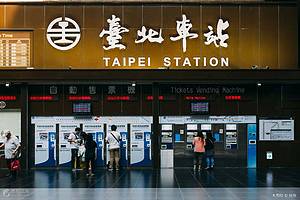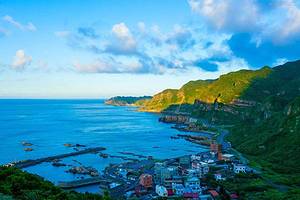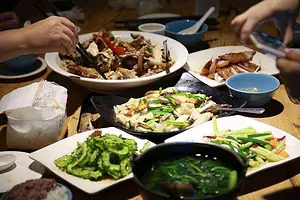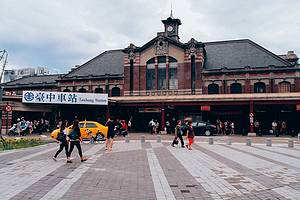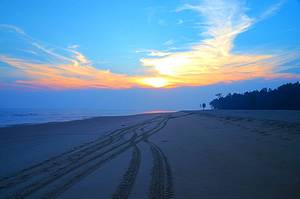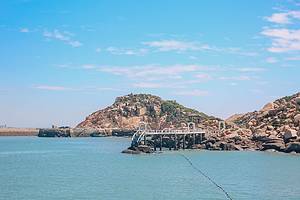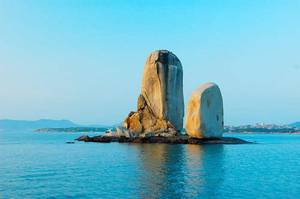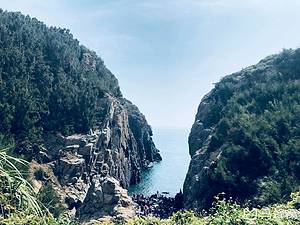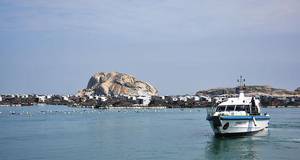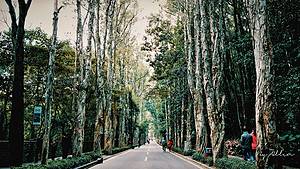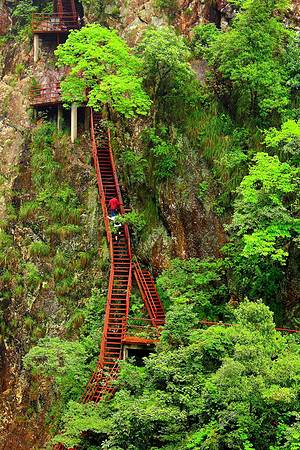Taiwan Discovery: 10-Day Journey of Cities
7 cities |
17 attraction(s) |
total distance 704
km
 TIPS
TIPS
Day1
Day2
Day3
Day4-5
Day6-7
Day8
Day9-10
Day1: Taipei
3 attraction(s) ·
5 km
2
If you have ample time in Taipei, why not visit the zoo, which is acclaimed as the largest zoo in Asia? It is both fun and affordable. Unlike traditional zoos, it focuses on presenting natural environments, without visible bars, but with animal habitats designed based on terrain to improve their comfort. The zoo is quite vast, enough to spend an afternoon, but it may tire you out. The zoo is divided into several areas, including Amphibian and Reptile House, Taiwan Endemic Animal Area, Asian Tropical Rainforest Area, Desert Animal Area, Australian Animal Area, African Animal Area, Temperate Animal Area, Bird Area, and Lovely Animal Area. Of course, the most popular animals there are Tuan Tuan and Yuan Yuan, the star animals of the zoo.
1
km
Day2: Taipei
2 attraction(s) ·
3 km
1
Taipei National Palace Museum is known as the "Treasure House of Chinese Culture" and houses a rich collection of artifacts from the Song, Yuan, Ming, and Qing dynasties. With a total of 655,000 exhibits, the museum also features the Chih-shan Garden, the Chi-te Garden, and the Chang Dai-chien Memorial Gallery, all designed with traditional Chinese garden aesthetics. The museum's architecture resembles a Chinese palace, with three floors dedicated to exhibitions and a fourth floor for a tea house. Visitors can preview the exhibits on the museum's website before their visit to better appreciate the museum's highlights. Treasures such as Fan Kuan's "Travelers Among Mountains and Streams," Guo Xi's "Early Spring," and Li Tang's "Wanhaosong Fengtu" can only be seen during special exhibitions. The busiest periods for visitors are from 10:00 to 12:00 and 14:00 to 16:00, with tour groups often focusing on the jade, porcelain, and bronze sections. For a quieter experience, it is recommended to visit the calligraphy and painting galleries during these peak times and then explore the popular exhibits when the crowds thin out. The quietest visiting hours are during the evening sessions on Fridays and Saturdays, as the number of visitors decreases after 17:00.
3
km
2
Traditional night market with a large array of vendors selling street food, clothes & jewelry.
Day3: Keelung City
2 attraction(s) ·
3 km
2
Peace Island is a beautiful island located in Zhongzheng District, Keelung City. It is situated in the northeast of Keelung Port. The Basay tribe on the island calls it "tuman," while it was called She Liao Island by the Han people who settled there in the 17th century. It is one of the earliest places in northern Taiwan to have Western influence and one of the earliest places in Keelung to be settled by Han people. Due to the strong influence of the northeast monsoon, Peace Island has formed a unique landscape: grayish-yellow rocks resembling mushrooms grow out of the ground, and the rocks, neatly stacked like tofu, have been intricately carved by wind and rain into a moon-like terrain, offering breathtaking views. After careful renovation by the Keelung government, the number of visitors to the island has gradually increased. Although the scenery of Peace Island is not inferior to Yehliu, it used to be a military restricted area, so few people knew about it. Among the rocky shores, there is also a seawater swimming pool that is parallel to the sea surface. Visitors who come to Keelung in the summer can swim in the pool, play with the fish, and enjoy the spectacular sight of large ships anchoring in the harbor.
Day4-5: Hualien > Taroko National Park
4 attraction(s) ·
26 km
2
Taroko National Park is the fourth national park in Taiwan, established on November 28, 1986. Its predecessor was the semi-high Taroko National Park (1937-1945) established during the Japanese colonial era, and it later became a national-level scenic area. The park is located in eastern Taiwan, spanning Hualien County, Taichung City, and Nantou County, and includes the Central Cross-Island Highway, the first highway to cross the island of Taiwan.
3
km
3
Along the Central Cross-Island Highway towards Taroko, after passing the west entrance of Changchun Tunnel, turn to the old Route Eight. You will discover Changchun Shrine standing by the Lishui River Valley. This shrine was built to commemorate the 225 workers who tragically died during the construction of the Central Cross-Island Highway. With its Tang Dynasty-style design, the building is situated between the mountain cliffs, and the nearby spring forms the Changchun Waterfall, becoming one of the iconic landmarks of the highway.
However, the shrine first collapsed in 1980 and suffered further damage in 1987 due to rockfall from the cliffs. It wasn't until 1996 that Changchun Shrine was rebuilt and reopened to visitors. Behind the shrine, there is a staircase leading up to Guanyin Cave, Taroko Pavilion, Bell Tower, and finally crossing a suspension bridge to reach Zhenguang Temple. This rugged hiking route is known as "Heavenly Trail."
4
km
4
Yanzikou, located along the Central Cross-Island Highway, is the most beautiful section of the Liwu River Canyon and a must-pass route to the Cimu Bridge. The Yanzikou Trail is nearly 5 kilometers long, starting at Yanzikou and ending at the Jingxing Bridge. Along the way, visitors can admire many breathtaking landscapes such as the Taroko Gorge, the Huxu Cave, the Yungquan Spring, and the Indian Chief Rock. The scenery is truly picturesque. In the narrowest part of the Liwu River Canyon, visitors can feel the wonder and magnificence of nature.
Day6-7: Taitung
2 attraction(s) ·
53 km
2
Sanxiantai is located about 3 kilometers northeast of Chenggong City, consisting of a protruding cape and an offshore island. It is famous for its three giant rocks, which according to folklore, were visited by three immortals during their journey across the sea. The geology of the area is characterized by volcanic rocks, originally forming a cape that eroded and became an offshore island. Sanxiantai is known for its rich marine resources and is a popular fishing and rock fishing spot. It is also a favorite destination for divers at all levels. Additionally, the unique terrain and ecological resources of the island make it an important research site for coastal ecology, with a variety of coastal plant species. Visitors can explore the well-planned trails to appreciate the ecological and geological features along the way. The iconic octagonal red bridge provides a spectacular view. A visit to the island usually takes about 2 hours, during which visitors can enjoy special landforms such as sea caves, sea erosion channels, and sea erosion potholes, as well as rare coastal plants. The Sanxiantai Visitor Center offers tourism consultation services, allowing visitors to learn more about the famous landscapes and diverse ecology of Sanxiantai Island.
Day8: Pingtung County
1 attraction(s) ·
0 km
1
Kenting National Park is one of the earliest established national parks in Taiwan, managed by the Construction and Planning Agency of the Ministry of the Interior of the Republic of China. The park is located on the southernmost tip of Taiwan's mainland, the Hengchun Peninsula, with a land area of approximately 18,084 hectares and a sea area of approximately 15,206 hectares, for a total of nearly 33,290 hectares. The park has a north-south width of about 24 kilometers and an east-west width of about 24 kilometers, and is in a tropical climate region and a popular tourist destination in Taiwan.
Day9-10: Tainan
3 attraction(s) ·
6 km
1
Anping Port is a fishing port, and recently an exciting thing has happened here - the docked Deyang ship will be transformed into Deyang ship destroyer exhibition hall, providing an opportunity for visitors to learn about the history of the ship.
2
km
3
Chikan Tower is one of the must-visit attractions in Tainan. This European-style building, built during the Dutch colonial period, was once the administrative center of Chengtian Government during the Ming and Zheng periods, making it the administrative center of Taiwan. Over time, the architectural style of Chikan Tower has evolved and has faced natural disasters and war, experiencing vicissitudes. Today, Chikan Tower has become a blend of modernity and tradition, including the remains of the Pro-Ming Dynasty City, the Sea God Temple, and the Wen Chang Pavilion, showcasing its rich historical and cultural heritage.
The charm of Chikan Tower not only lies in its diverse architectural styles but also in its rich stories. Whether it's opening the windows on the tower or the legend of the stone turtles, it never fails to captivate visitors. In addition, while the courtyard of Chikan Tower may be small in size, it is equally exquisite and charming, giving people a deep sense of ancient elegance, as if transported to the ancient city of Tainan. If you want to delve deeper into the history and culture of Tainan, Chikan Tower is a great choice.
It is worth mentioning that Chikan Tower has now become part of the daily life of Tainan residents. At night, with jazz music and colorful lights, Chikan Tower takes on a whole new atmosphere and becomes a hub for local foods and snacks. While indulging in the tantalizing aromas and flavors, you can also experience the intertwining of history and modern culture. It is a not-to-be-missed attraction.

